How to fix a Predator 212 that is not starting
This is a very common problem to come across if you haven’t run the engine for a long time. 8 out of 10 times, the carburetor is not providing the engine with enough fuel which is causing this problem. This is usually due to the main jet of the carburetor getting clogged.
In some cases, the ignition coil or spark plug could be damaged which means the engine doesn’t ignite the spark required to burn the air-fuel mix. On rare occasions, you might have a compression issue or the transmission system might be locking up the crankshaft.
I have covered almost all the potential problems in this article. However, if your Predator is brand new and still doesn’t starts then this can be due to a manufacturing defect.
If it is brand new, you can get the engine replaced in your local Harbor Freight Store which is what I recommend you to do since manufacturing defects will require more work to fix.
Before you check anything though, just make sure that your gas tank has gas and the fuel lines are working properly and that the fuel shut-off valve isn’t closed.
Here’s a Step by step process of Troubleshooting this problem:
1. Check if the Carburetor is causing the issue
As stated earlier, a clogged-up carburetor is the most likely reason for the engine not starting. It is very easy to confirm whether or not the issue is with the carburetor or not.
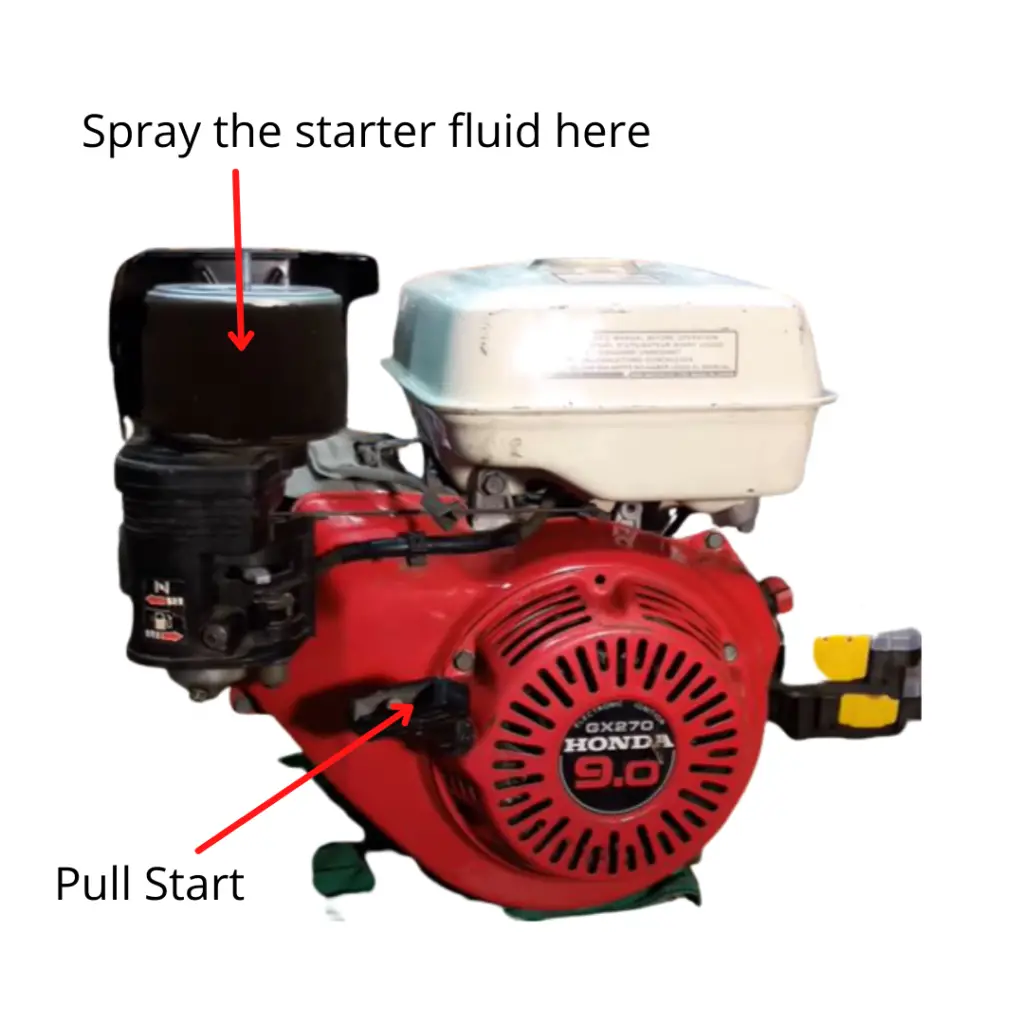
- Open the top of the Air box.
- Spray some Starter Fluid or Carburetor cleaner through the Air filter
- Try to Pull Start
If the engine is starting then you can say for certain that the problem is within the carburetor. If the engine is still not starting then skip the next few steps and move to number 4.
2. Take out the Carburetor
Once you know for sure that carb is the problem then the next step is to take it out and disassemble it. Again the process is very simple.
Remove the Air Filter
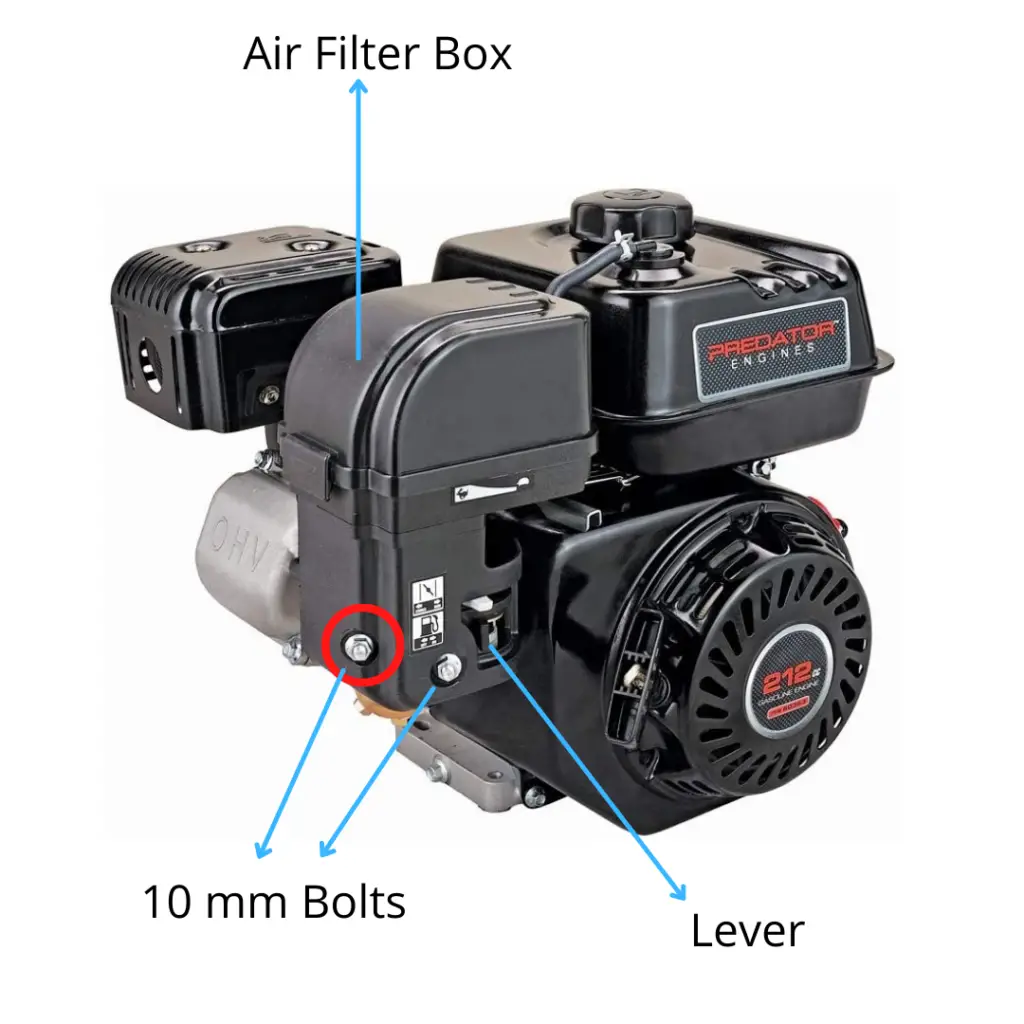
- Take a 10 mm socket and unbolt the 2 bolts shown in the image.
- The Air filter is connected with 2 hose lines, once the bolts are out, you’ll need to disconnect the air filter box from the two hose. Then just pull the Box out.
Remove the Carburetor from the Engine
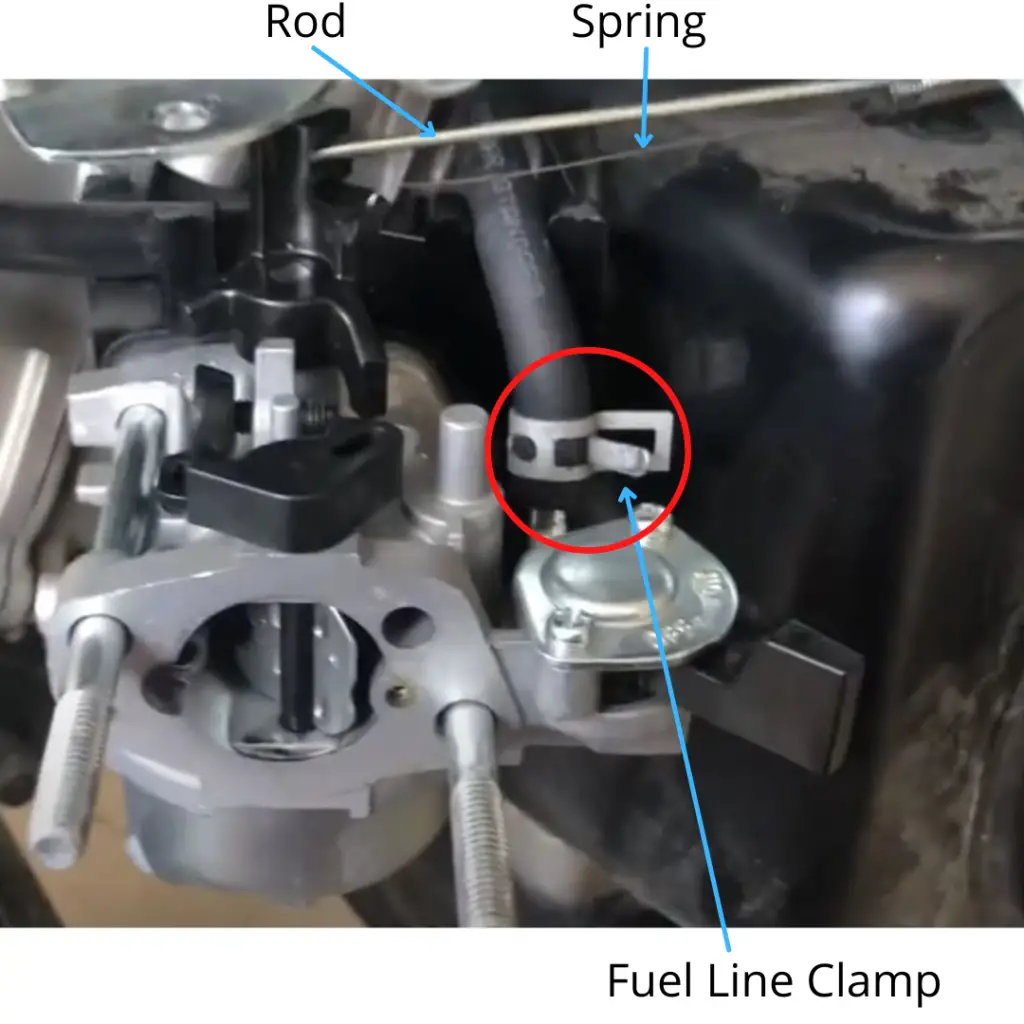
Once you take off the airbox, you’ll be able to see the carburetor (like shown in the image). Here’s how to remove the carburetor:
- Use a pliar to free up the fuel line clamp.
- Disconnect the fuel line and block the hose with either a pliar or a bolt to prevent fuel to come out.
- Move the carburetor slightly forward to slightly loosen the spring and rod tension.
- Unhook the spring and the rod.
Disassembling the carburetor
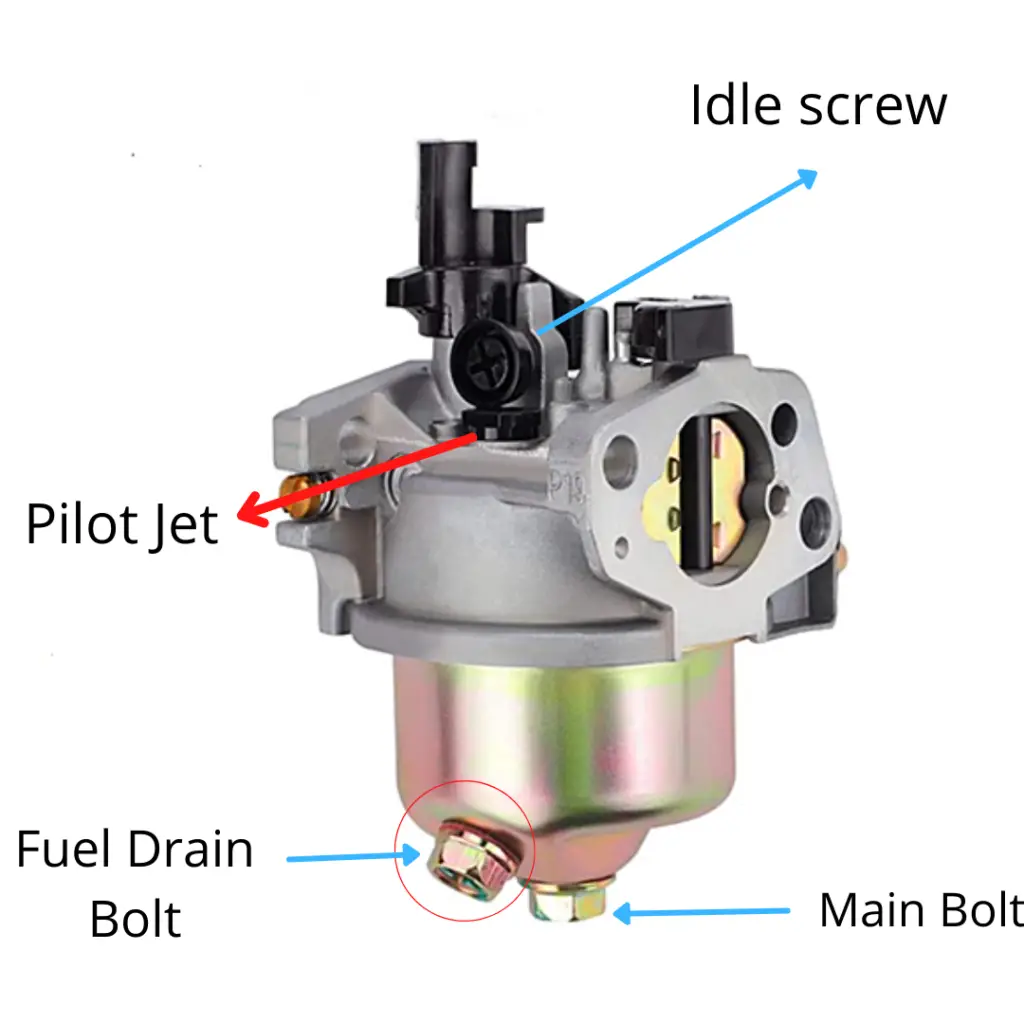
- Use a socket to unbolt the main bolt, this will result in the fuel coming out from the bowl so it’s best to place something that can collect the fuel under the carb.
- Unscrew the idle screw all the way out.
- Take a flat head screwdriver to remove the Pilot jet.
You’ll be able to see the main jet once the bowl is removed. The image of the pilot and main jet is shown below.
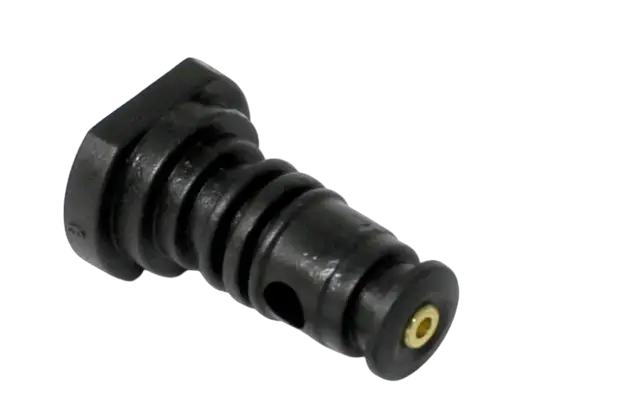
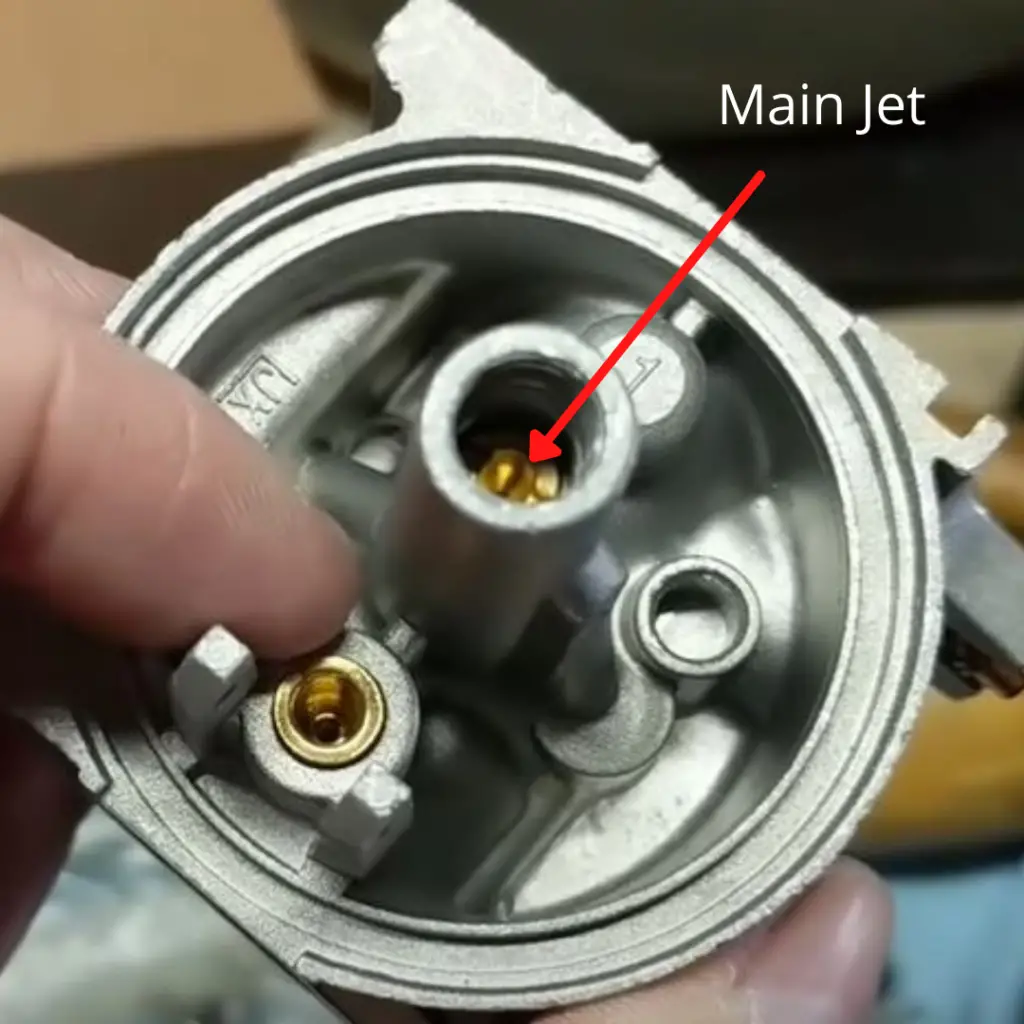
You’ll need to use a flat head screwdriver to take out the main jet. There is also an emulsion tube under the main jet, it’s a good idea to take it out and clean that with the jets but it isn’t necessary.
3. Clean the Main Jet and the Pilot Jet
Take a carburetor cleaner and blow it through the holes of the main jet and the pilot jet a few times. If you can still see the debris then take a thin wire and run it through the holes.
This will very very likely solve your problem, almost 90% of the time it’s just the jets getting clogged due to the engine sitting in your garage for far too long with fuel inside the bowl.
However, let’s say you did spray the starter fluid (Step 2) and the engine still didn’t start, then read on.
4. Check if your Spark Plug is working Properly
It is possible that the engine’s cylinder is getting the air and fuel but their is no spark to ignite the air-fuel mixture.
You can check if you have no spark by pulling out the spark plug (along with the boot), grounding the end of the plug & try to turn on the engine.
We have a separate article for the no spark situation.
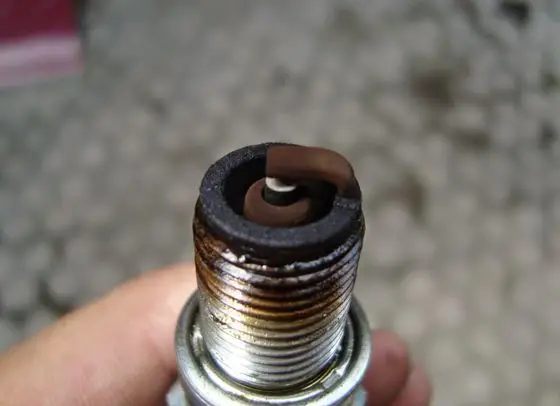
But to summarize it –
- Take out the plug and see if it’s clean. Sometimes it can be fixed just by cleaning the spark plug.
- If that doesn’t help, disconnect the oil sensor wire
- If that doesn’t fix the issue, you’ll need to replace the ignition coil and spark plug.
5. Compression Test
Even the spark plug works as it’s supposed to? Now that you have confirmed that the air-fuel is reaching the combustion chamber and the spark is getting generated, there can only be two more problems now.
Either the air-fuel mix is getting leaked from the chamber during compression or the valves are not opening and closing at the right moment (or not opening at all).
Here’s a video from “Metal In Motion Shop” showing how to check compression.
Basically, you’ll need to take a compression tester kit and put it in place of the spark plug. Now when you pull to start the engine, the gauge will indicate the pressure.
The compression pressure should be ideally 80-100 psi, however, a little less won’t cause the engine to not run at all. A big drop can.
A quick but less accurate way to test compression is by holding your thumb in the spark plug position and feeling the pressure. If there is no pressure then you can be sure that the problem is with compression.
Ok so let’s say you did the testing and found the pressure is low or not there at all. This can be due to the piston ring being worn out or the head gasket being worn out. Another reason could be the valve’s timing (more on that in the next step)
6. Check if the valves are working properly
Finally, if everything checks out. You have compression, the air-fuel mix is correct and the spark plug is firing. The issue is very likely the valves.
Open up the cylinder head and see if the valves are working properly. There might even be a manufacturing defect, where they have sent the engine with some components missing.
You need to check whether or not the engine has a push rod for both intake and exhaust valves. If there is no pushrod then the valves won’t open, so even if there is compression pressure, the exhaust air or new air won’t go anywhere and the engine won’t run.
If the compression is low, valve opening and closing timings can also cause this issue. Basically, the timing might be set such that the exhaust and intake are open at the same time for long durations and the air-fuel mix enters and then leaves unburnt. This issue can be due to a faulty camshaft.
Conclusion
Those are almost all the possible issues that are causing your Predator 212 or any other small engine to not start. To put it simply, either the air-fuel mix is in the wrong ratio or the spark plug is faulty or the combustion chamber is not able to hold the mixture.
All that said, the most likely issue is the carburetor. Clean it and your problem will most likely be solved.
